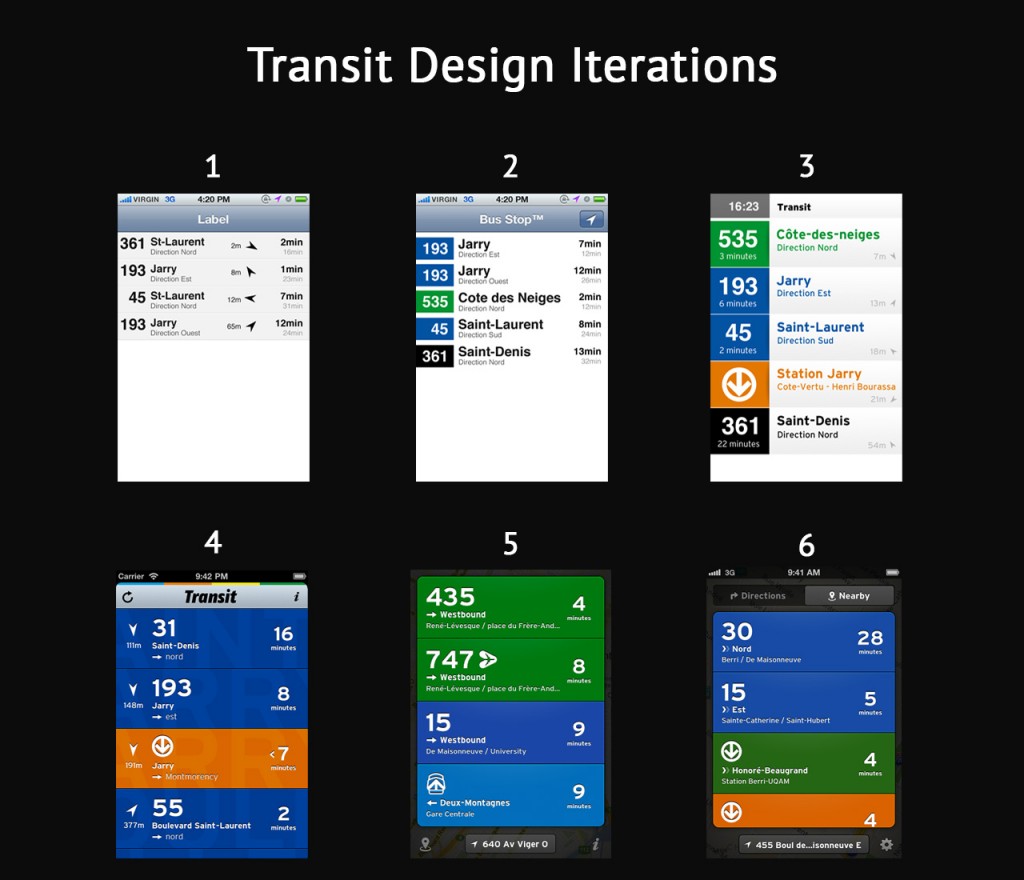The Mystic Media Blog will be devoting our expertise into a five-part series of articles detailing the ins and outs of Promotional Writing. The series will cover several topics, including general techniques, suggested processes, press releases, , website copy writing, and social media. Last week, we covered how to generate publicity by writing an effective press release.
Website copywriting is perhaps the most common form of promotional writing. The internet is an international hub for both information and e-commerce. Websites are created everyday to advertise and offer services, products, and information. They can be created for businesses, blogs, applications, social media, contests, specific products, and more. All websites share one common goal: attract the target audience. Whether a website is attempting to sell something or simply relay valuable information, the goal is to attract as many relevant viewers to the site as possible and entice them with effective copy writing. In this article, we will detail techniques for achieving this goal.
Know the Ideal Reader
As with any piece of promotional writing, it’s crucial to know the target audience before starting. The ideal reader should feel the copywriting was crafted specifically for them. Make an outline describing the ideal reader. Will the content of the site appeal specifically to men or women? What industry might this person work in? What is their socio-economic class? What degree of education did they receive? What brought them to the site?
Once all these questions are answered, elaborate on the relevance. A person’s line of business would affect the type of humor you’d consider writing into the copy. Their level of education would affect whether the writing is designed to appease a standard for intelligent writing, or to simply be clear and understandable to the common man.
Upon becoming familiar with the Ideal Reader, outline the Desired Action Response. Would the ideal response be an immediate purchase? Would it be to inquire more about the services outlined in the copy? Is the copy intended to lead the reader elsewhere on the site, perhaps to the services section or pricing?
Every sentence should be contribute to generating the Desired Action Response. At the end of any given page should be a Call-to-Action making the Desired Action Response one click away.
Detail Features and Translate to Benefits
If the copy is advertising a product or service, the main purpose of the piece will be to accurately detail the features of the product or service and translate them into benefits. Before writing, finalize the research and create a full list of features and specifications regarding the product or service.
We touched upon the process of translating features to benefits in Part 2 of our Promotional Writing Series: Perfecting the Method, but it’s too important to skip over in this article. Once you’ve written out the features, it’s vital to translate them into benefits.
Readers are selfish. People don’t read web pages out of consideration for the writer, they read things they think will be relevant to them. Instead of simply listing the features of a product or service, explicitly link them to benefits which make it easy for the reader to imagine how the product or service could enrich their lives.
The research is often the meat and bones of the piece. Once all necessary information is detailed, the rest is easy.
Avoid Hyperbolic Description
One of the most commonly made mistakes in copywriting is overselling. Copywriters will dress up the product or service they are representing with an abundance of hyperbolic adjectives. Writers are eager to refer to a product as “innovative,” “cutting-edge,” or a “breakthrough” because it makes their job easier. Readers today are too smart to be persuaded by hyperbolic description. They want the facts. If you save them time by giving it to them straight, they are more likely to believe in what is written about the product.
Check out this great article on avoiding meaningless marketing jargon.
Optimize for Google
Google is a direct path to information. On average, Google processes over 40,000 search queries every second, 3.5 billion searches per day, and 1.2 trillion searches per year. Optimizing copy for Google is vital to attracting visitors searching for the product, solution, or information offered on your website.
The first step toward SEO is to identify keywords pertaining to the subject of the copy. The best way to find keywords is to rely on your intuition and search what anyone would search if they were looking for the subject of your copy. Through Google searching, anyone can also find the top competitors and identify what keywords they are using to attract visitors. Once the key search terms have been identified, ensure they are sprinkled in throughout the copy. Remember, it’s not worth it to sacrifice the integrity of the copy with keyword stacking. As with most aspects of life, a healthy balance is crucial.
Keywords aren’t the only factor which goes into SEO. It’s also important to write an attention-grabbing headline and effective meta data. More than anything, the writer must ensure that the content itself is relevant and informative to the ideal reader.
For more on SEO, check out this great informative article.
Presentation Is King
Short, concise paragraphs with direct points entice readers. Consider ways of spacing out copy to make writing as consumable as possible. Readers love lists and paragraph headings because they allow them the privilege of deciphering what is relevant to them and choosing what to read.
Next week, we’ll conclude our Promotional Writing series with an entry on writing for Social Media. Stay tuned!
At Mystic Media, our vast experience in strategic marketing and application development has given us expertise on all formats of promotional writing: from copy writing, search engine optimization, social media marketing, web design, and more. Learn more by clicking here or contacting us by phone at 801.994.6815

